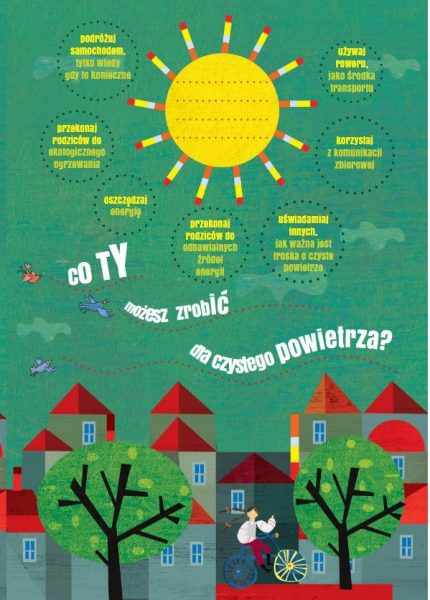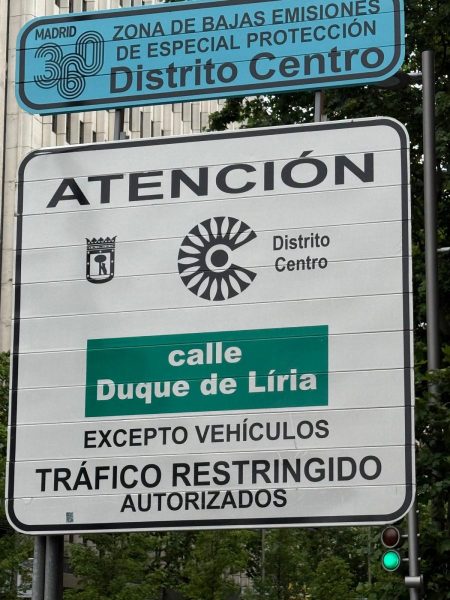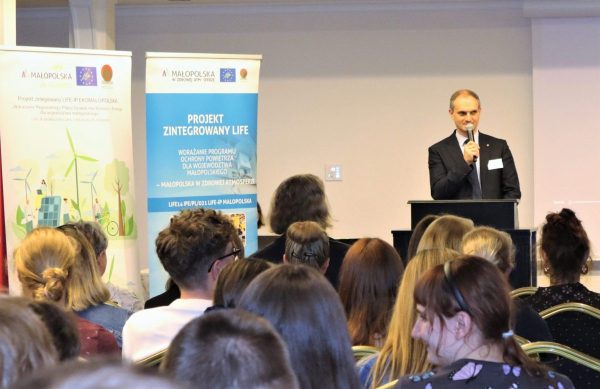Better stay at home during smog episodes
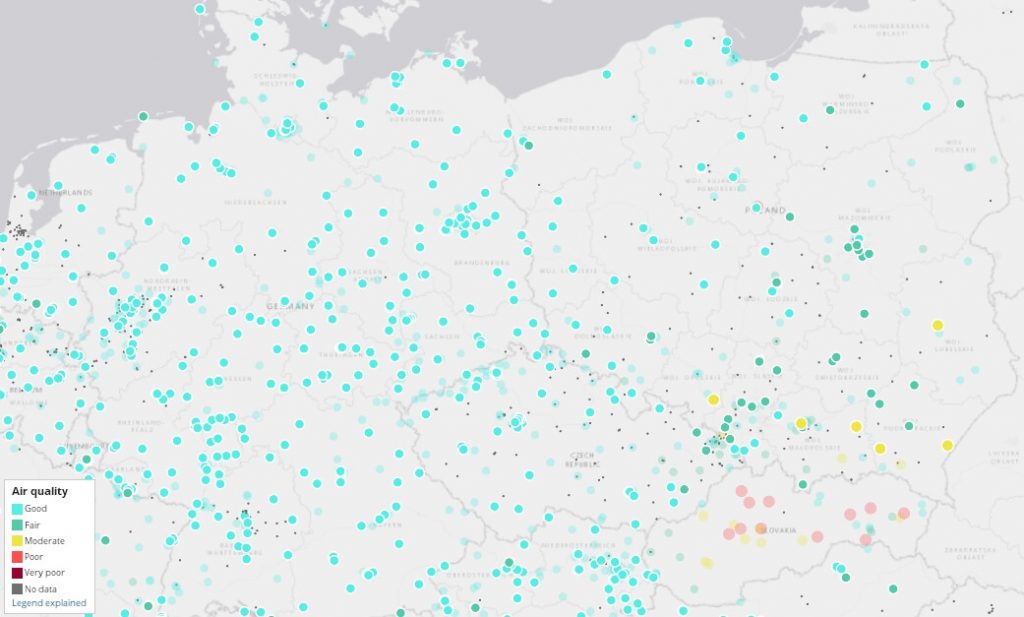
The research carried out was aimed at finding out and showing how air pollution outside affects the quality of indoor air. Data was collected in 11 locations in and around Krakow. Measurements were carried out in each of them within 4 to 14 days. The results of them show that, during smog episodes, it is generally better to stay in closed rooms rather than outside, but concentrations still significantly exceed the level which is safe for our health. The exception are those buildings where fireplaces are used. There, concentrations of indoor pollution can be higher than outside.
One of the locations where air quality was tested was Felicjanek Street in Krakow. There, the sensors were placed inside an office space and on a balcony belonging to it. During the whole measurement, the inside concentrations were on average lower by 47% than outside.
Sample differences – representative of the measurements registered at the time – are illustrated in the following graphic.
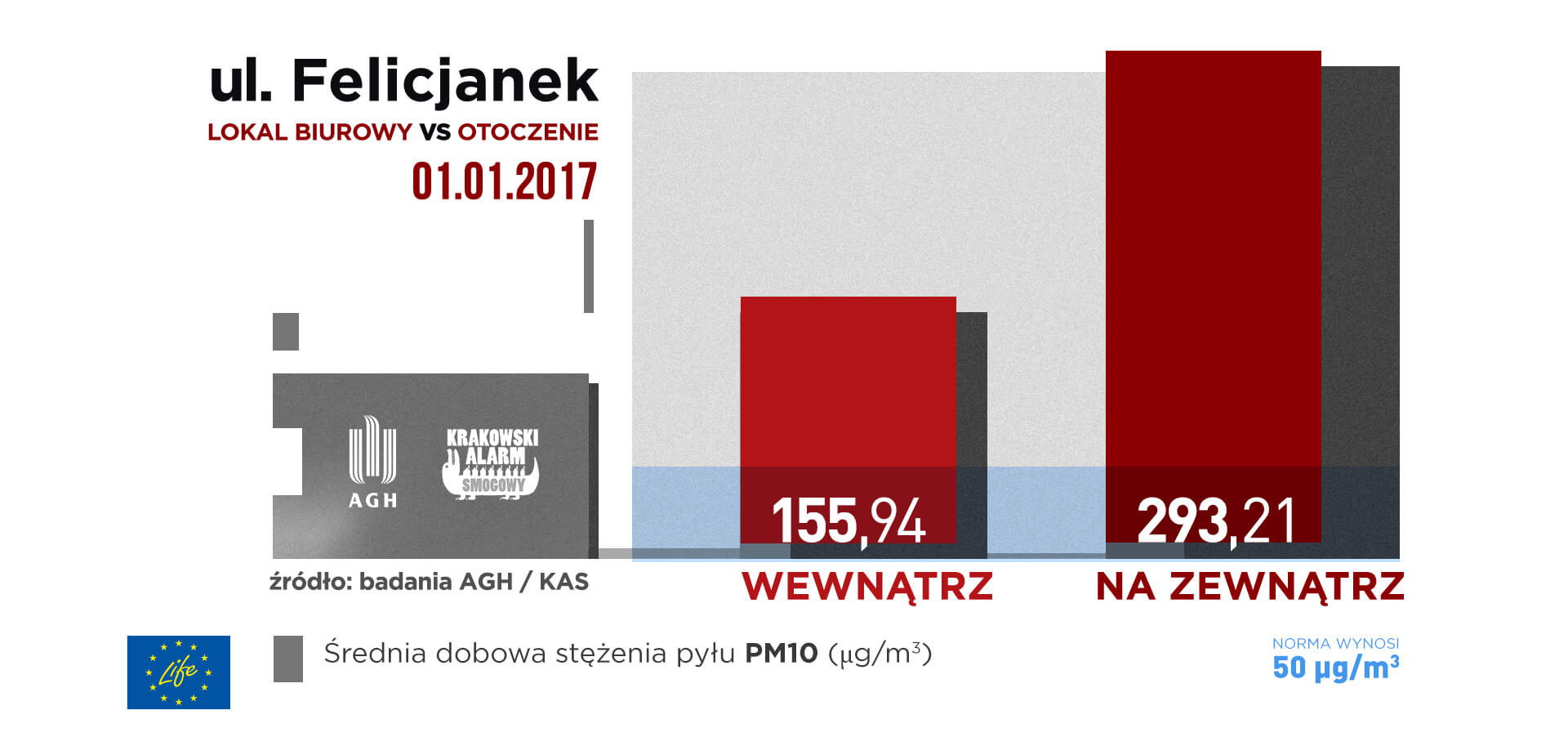
The research was also carried out in Skała, located in the Malopolska Region, known for its air quality problems. Here, the reduction ratio was very high and amounted to 68%, on average. The specific conditions of a place where instantaneous concentrations of pollutants in the air can exceed 1000 μg / m³ allowed to observe that, in such situations, staying inside enabled the avoidance of breathing such critically-contaminated air. It is also worth noting that it does not provide protection against smog as such, because concentrations inside can still exceed the permissible limits several times and reach a level that in many countries causes the announcement of a smog alert.
Graphic # 2 shows one of the registered smog peaks.
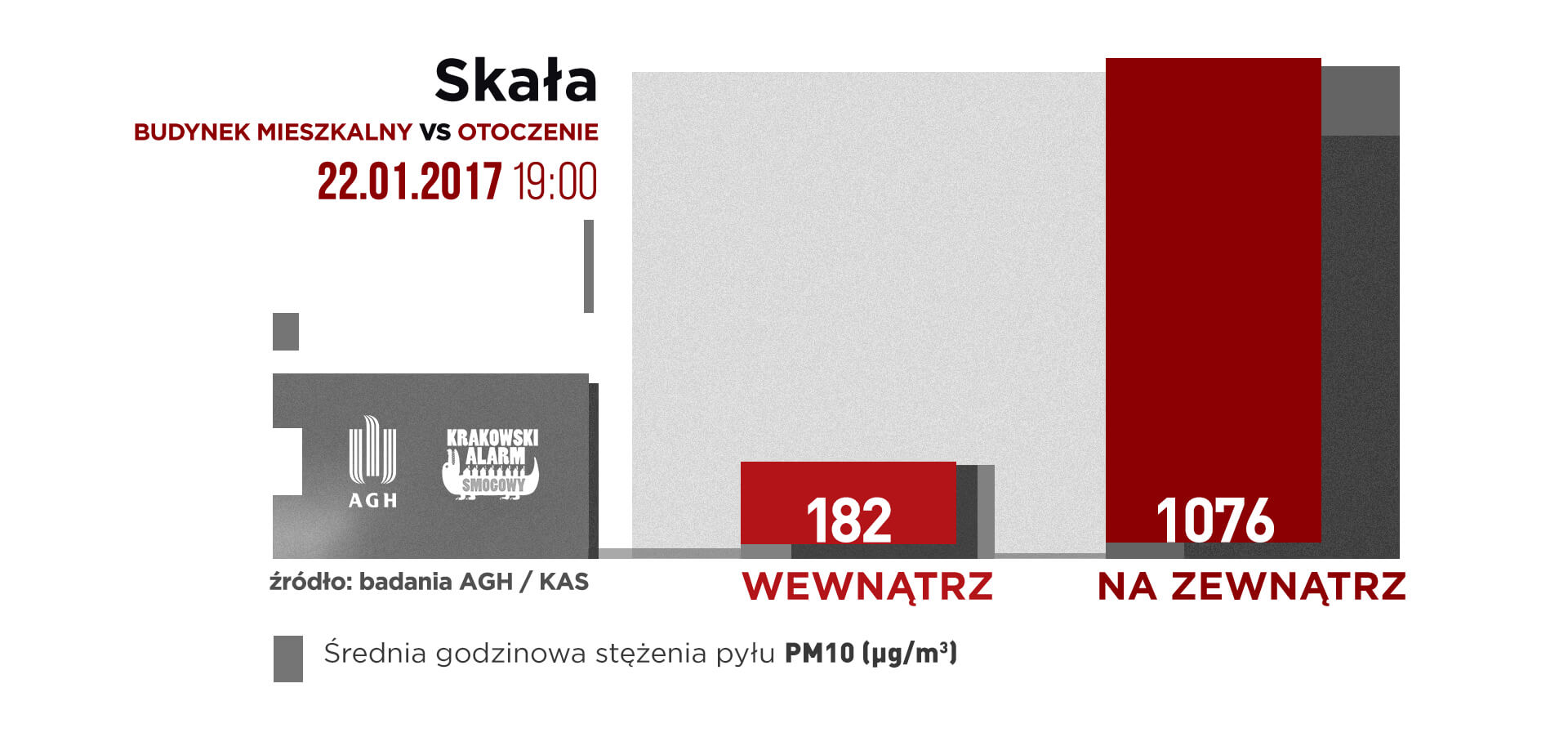
Graphic # 3 shows daily average of 25.01.2017.
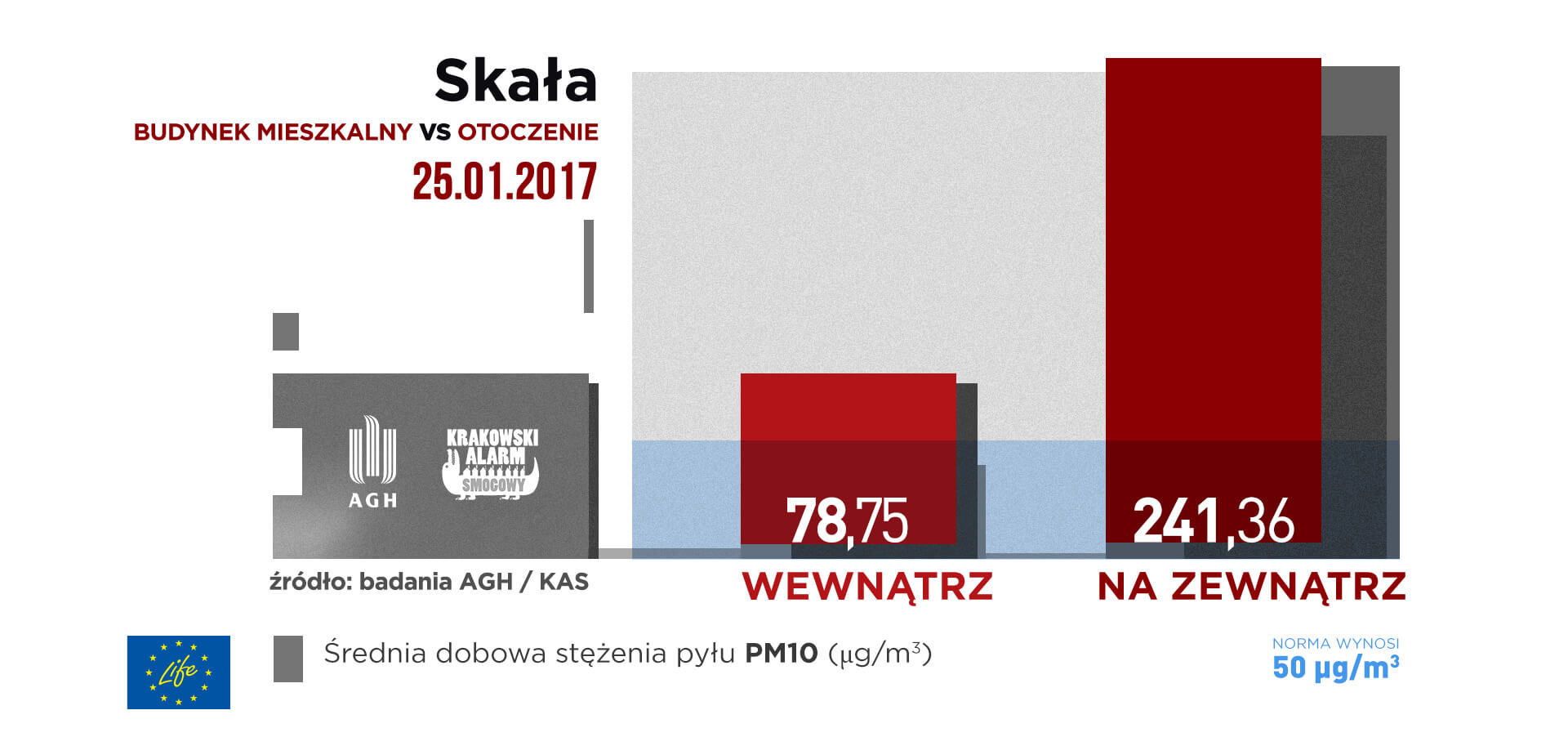
These were not the highest concentrations recorded during the measurement – the greatest daily average inside was 139 μg for PM10 dust per m³ of air. A fireplace was used in the building, however, unlike in another location, there was no significant impact of its use on the air quality. In Zarzyce Wielkie, the measurements were also carried out in a building equipped with a fireplace, it was used, but in a different manner than in Skała – it was fired mainly in the evening, which allowed to observe the rapid changes that accompanied it. Hourly indoor concentrations could significantly exceed 400 μg / m³ of PM10 dust, despite the fact that the air quality outside at the same time was within the normal range.
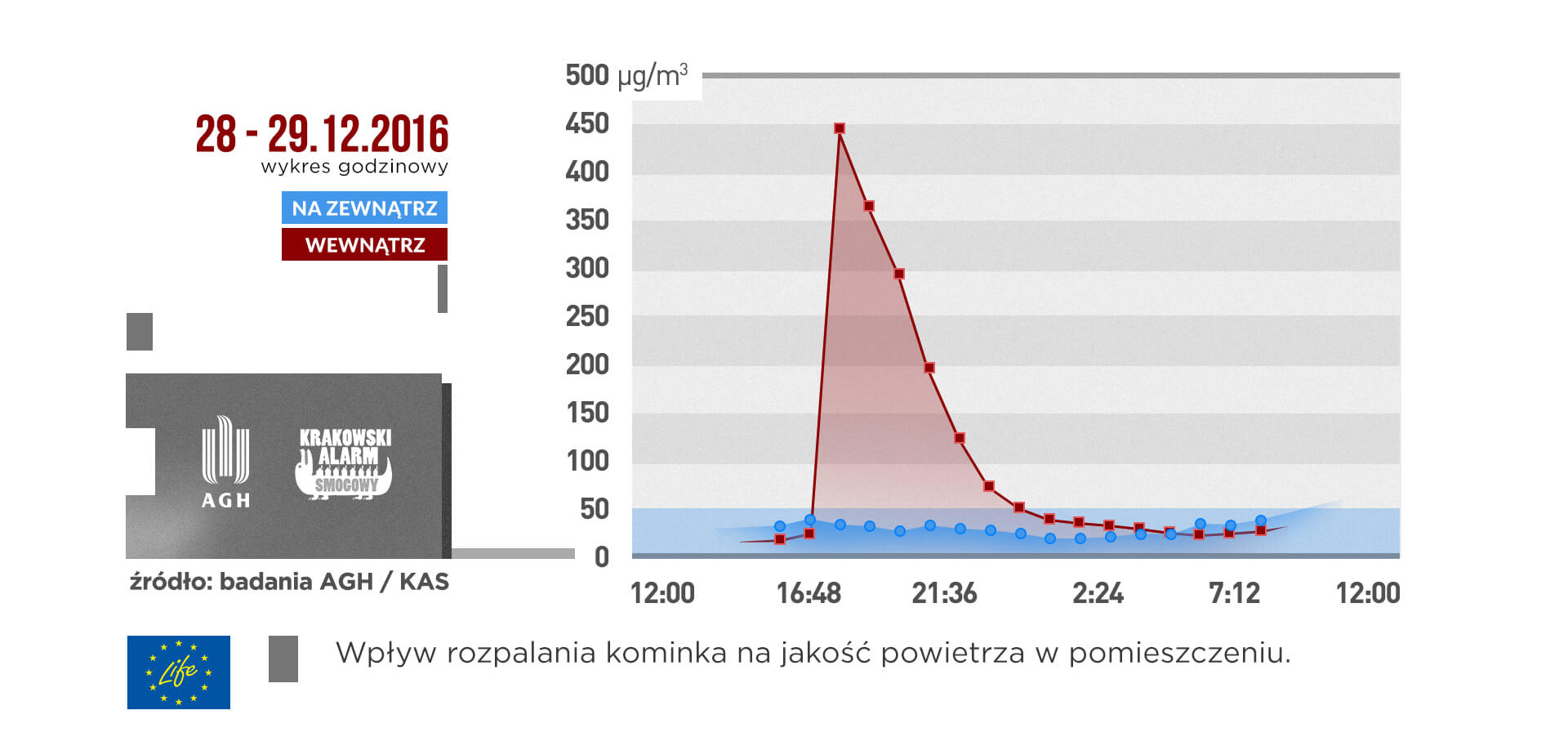
| Coefficient of the reduction of PM10 dust content in the air | |
| Location | Reduction of PM10 indoors |
| Krakow – Kazimierza Wierzyńskiego | 70% |
| Zarzyce Wielkie | 44% |
| Jaroszowiec | 32% |
| Krakow – Felicjanek | 47% |
| Skała | 68% |
| Krakow – Strzelców | 61% |
| Wadowice – location 1 | 56% |
| Wadowice – location 2 | 59% |
| Kościelisko – location 1 | 42% |
| Kościelisko – location 2a | 22% |
| Kościelisko – location 2b | 38% |
| Balice | 53% |
On the basis of the measurements carried out, it can be stated that indoor dust concentrations resulting from the entry of dust from the outside are on average 50% lower than the concentrations outside. The value of concentration reduction depends very much on the condition of the given building and on the type of ventilation. It can be assumed that airing rooms has a positive effect on improving indoor air quality only in cases where outdoor concentrations have decreased sharply and are significantly lower than indoor dust concentrations.
The authors of the report are Eng. Jakub Bartyzel, PhD, and Eng. Katarzyna Smoleń from the Faculty of Physics and Applied Computer Science, AGH.
The research was carried out under the action C.2 “Competence Center” of the LIFE integrated project entitled “Implementation of the Air Quality Plan in Malopolska Region – Malopolska in a Healthy Atmosphere”, supported by the LIFE Program of the European Union (“/ LIFE-IP MALOPOLSKA / LIFE14/IPE/PL/021).


